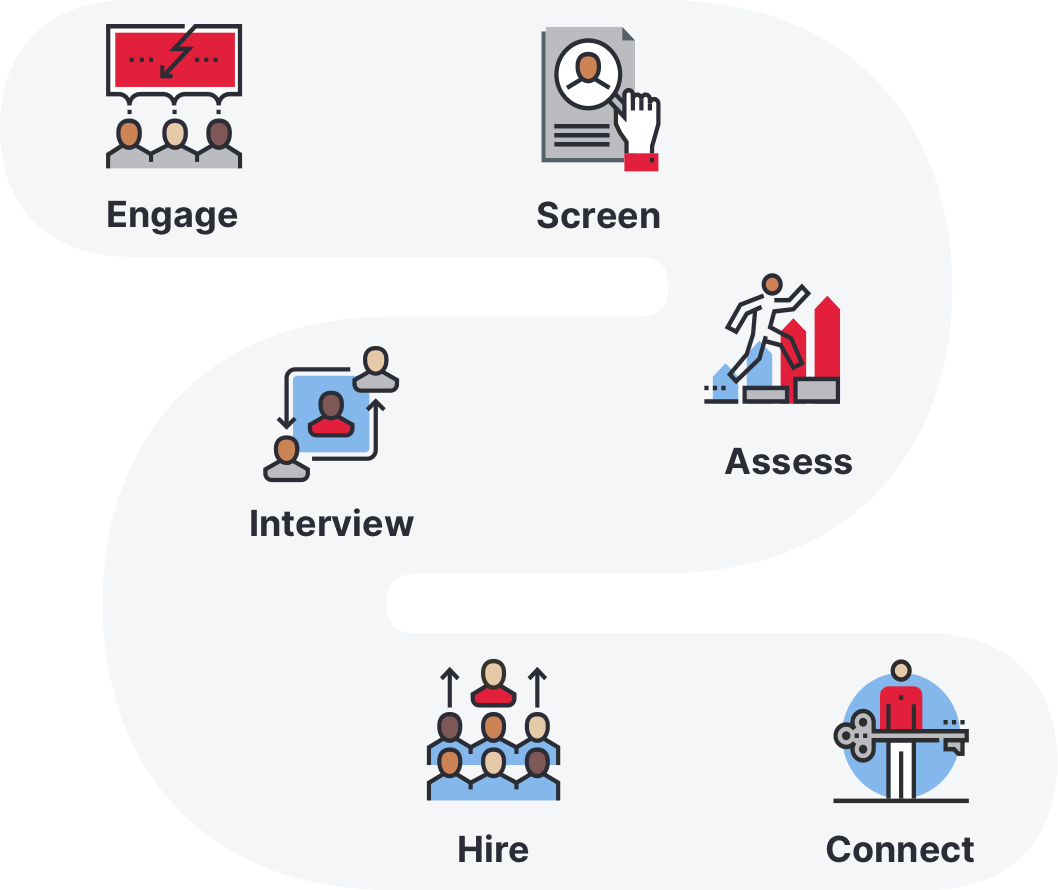By: Bruce Hall
How the EEOC’s guidelines may assist employers with the use of pre-employment tests and assessments….
Character and integrity. Two words you keep in mind when looking to hire employees. You strive to ensure that the employees you hire for your business are those whom you can trust. To do so, you attempt to make certain the hiring process is complete with the appropriate assessments and evaluations. Companies worldwide have long implemented pre-employment tests as part of their hiring process. These tests include cognitive tests, physical ability tests, sample job tasks, psychological mental health tests, as well as personality and integrity tests.
Why do companies use pre-employment tests?
Companies implement pre-employment tests for various reasons. The use of these tests may help employers quickly narrow down the number of applicants. These tests also assist employers to determine if the applicant has the requisite skill set for which they are applying. Lastly, if the test is sufficient in gathering the correct data, it will assist the employer with the questions they may use in the formal interview. While these tests are helpful, they can be replete with discriminatory practices.
Applicable governing laws…
Large corporations often have the funds to outsource this part of the process to companies that specialize in the development, implementation, and operation of these assessments, while small business owners may not. With that, there are governing equal employment opportunity laws that business owners should be made aware of. Title VII of the Civil Rights Act of 1964 (“Title VII”), the Americans with Disability Act of 1990 (“ADA”), and the Age Discrimination in Employment Act of 1967 (“ADEA”) all prohibit the use of discriminatory employment tests and selection procedures. These acts prohibit assessments that discriminate based on race, color, religion, sex, national origin, age, and disability.
General information on discrimination and the governing laws are readily accessible at https://www.eeoc.gov/laws/statutes/index.cfm
How does the EEOC help?
Let’s break it down…
Fortunately, the U.S. Equal Employment Opportunity Commission (“EEOC”) has put together a list of the best practices for employers wanting to implement these tests and assessments in their selection process. Let’s break them down.
-
-
- The EEOC suggests administering tests and other selection procedures without regard to race, color, national origin, sex, religion, age (40 or older), or disability.
-
The anti-discrimination laws have created protections for people that may be discriminated against based on these characteristics.
-
-
- Employers should ensure that employment tests and other selection procedures are properly validated for the positions and purposes for which they are used. The test or selection procedure must be job-related, and its results appropriate for the employer’s purpose. While a test vendor’s documentation supporting the validity of a test may be helpful, the employer is still responsible for ensuring that its tests are valid under the EEOC’s Uniform Guidelines on Employee Selection Procedures (“UGESP”).
-
When deciding to use these tests, it is your job as the employer to determine that these tests are related to the function of the position in which the applicant is applying.
-
-
- If a selection procedure screens out a protected group, the employer should determine whether there is an equally effective alternative selection procedure that has a less adverse impact and, if so, adopt the alternative procedure. For example, if the selection procedure is a test, the employer should determine whether another test would predict job performance but not disproportionately exclude the protected group.
-
The EEOC gives a great example here. If the test creates inequality among a protected group, an equally effective alternative should be implemented.
-
-
- To ensure that a test or selection procedure remains predictive of success in a job, employers should keep abreast of changes in job requirements and should update the test specifications or selection procedures accordingly.
-
When these tests are part of your hiring process, remain diligent in your efforts to verify that the tests are still adequate in finding the best person for the job.
-
-
- Employers should ensure that tests and selection procedures are not adopted casually by managers who know little about these processes. A test or selection procedure can be an effective management tool, but no test or selection procedure should be implemented without understanding its effectiveness and limitations for the organization, its appropriateness for a specific job, and whether it can be appropriately administered and scored.
-
Simply put, test your tests. Ensure that the tests and assessments are thoroughly related to the functions of the position in which the applicant is applying.

One of the primary goals of the EEOC guidelines is to ensure that employers are adhering to the governing law. These laws prohibit discrimination, disparate treatment, and disparate impact. Disparate treatment is intentional discrimination while the disparate impact is the disproportionate effect on a protected class. Yes, these tests and assessments may be meaningful in the hiring process but as a small business owner, it’s important to take the necessary precautions to ensure adherence with the law.
This post has been reproduced with the author’s permission. It was originally authored on February 10, 2022, and can be found here.
 Bruce Hall, at the time of this post, is a third-year law student at Penn State Dickinson Law. An alumnus of SUNY College at Old Westbury, Bruce is a native New Yorker. Prior to law school, Bruce worked as a litigation paralegal specializing in commercial litigation and toxic torts. Upon graduation, Bruce intends to pursue a career in transactional law and legal compliance.
Bruce Hall, at the time of this post, is a third-year law student at Penn State Dickinson Law. An alumnus of SUNY College at Old Westbury, Bruce is a native New Yorker. Prior to law school, Bruce worked as a litigation paralegal specializing in commercial litigation and toxic torts. Upon graduation, Bruce intends to pursue a career in transactional law and legal compliance.
Sources:
https://www.indeed.com/career-advice/career-development/types-of-pre-employment-testing
https://www.eeoc.gov/laws/guidance/employment-tests-and-selection-procedures
https://www.indeed.com/career-advice/career-development/skills-assessment-test
Photo Sources:
